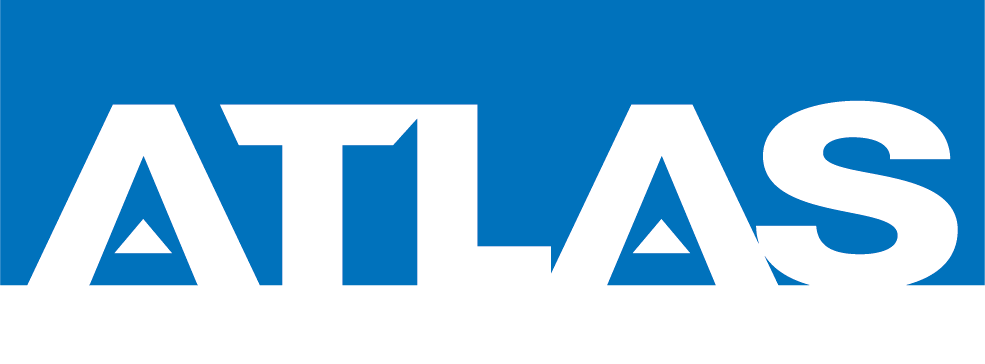How Can Atlas’ Risk Management Team Help You
With an entire risk management division, Atlas Insurance is one of the leading providers of risk management solutions in the state. While you may already have certain risk management protocols in place, we thought it might be useful to run down the elements of a comprehensive risk management program. Read on to see where your company scores highly—and where it could use a little work.
WORKERS’ COMPENSATION
There are a number of ways to cut down on claims by making your business a safer place to work. Start by forming a safety committee that can take the lead on putting safety protocols in place and developing written safety manuals that spell out company policies and procedures. Complement this effort by organizing regularly scheduled safety meetings to ensure adequate discussion of new safety requirements and to determine accountability. Then post and distribute flyers, as needed, to publicize important safety updates. Be sure to integrate safety information into your new-hire orientation programs and emphasize the importance of maintaining a safe work environment. In addition, make sure your accident and incident review process is robust and consistently followed, ultimately identifying root causes and developing corrective actions.
LOSS CONTROL ACTION PLANS
Loss control is an important component of risk management, helping you to identify unfavorable trends and problem areas and introduce mitigation strategies. As part of this effort, it’s important to periodically evaluate current programs, policies, and procedures and analyze the various types of losses you are experiencing. Based on your findings, you can develop new written safety policies and programs that can help you reduce losses in the most affected areas.
OSHA COMPLIANCE
To ensure OSHA compliance, first and foremost, you must understand and monitor regulations to ensure that you are always up-to-date with ever-changing requirements. Your facility should be inspected regularly for potential physical hazards, and sources of risk should be carefully evaluated. In addition, be sure that your employees understand and utilize your electronic log recordkeeping program.
CLAIMS BEST PRACTICES
By implementing claims best practices, you can ensure that insured employees get back on the job as quickly as possible. Your team should work efficiently to review and process claims in close collaboration with your insurance agent. A return-to-work program can help gradually introduce injured employees back to the workforce by providing special accommodations for scheduling, comfort, or other needs.
SUPERVISORY TRAINING
Management should be kept up-to-date with injuries, accepting accountability at every level and working toward the overarching objective of workplace safety. It’s also important that every manager understands the basics of workers’ compensation and the requirements for thorough accident investigation.
Contact a Risk Management Specialist
Atlas Insurance’s team of risk management professionals maintains designations such as Authorized OSHA Outreach Trainer, Certified Safety Professional, Workers’ Compensation Attorney, Certified Insurance Counselor, and Licensed Insurance Agent.
We can work with you to provide risk control measures that will help reduce losses, including safety training, developmental safety programs, hazard inspections, OSHA compliance, and more.
